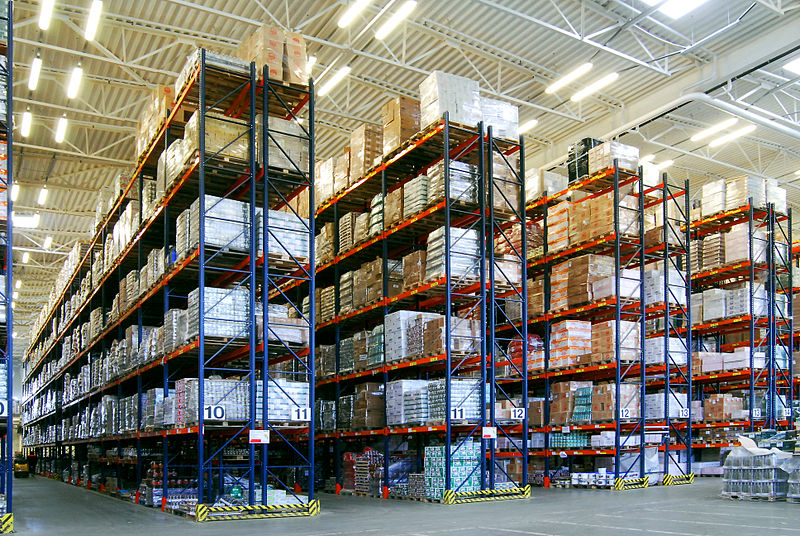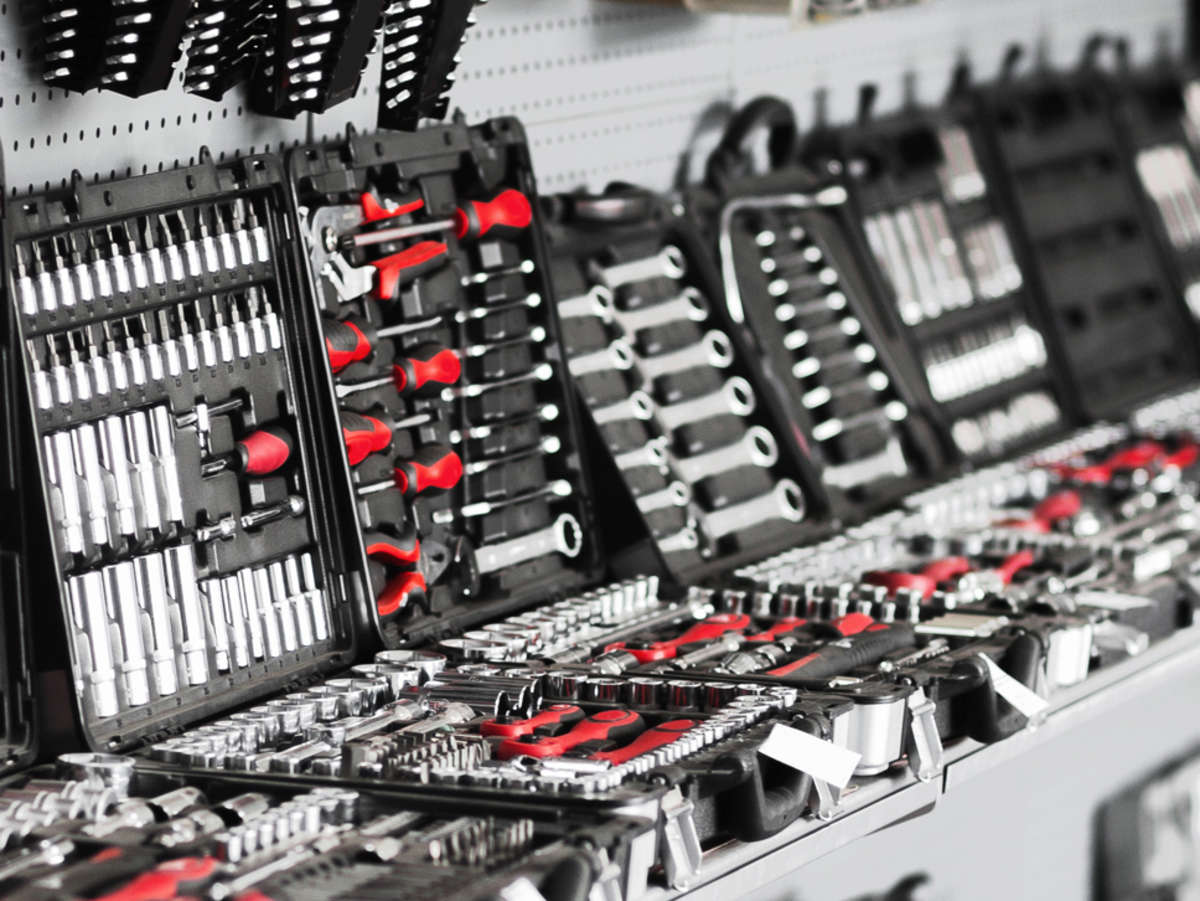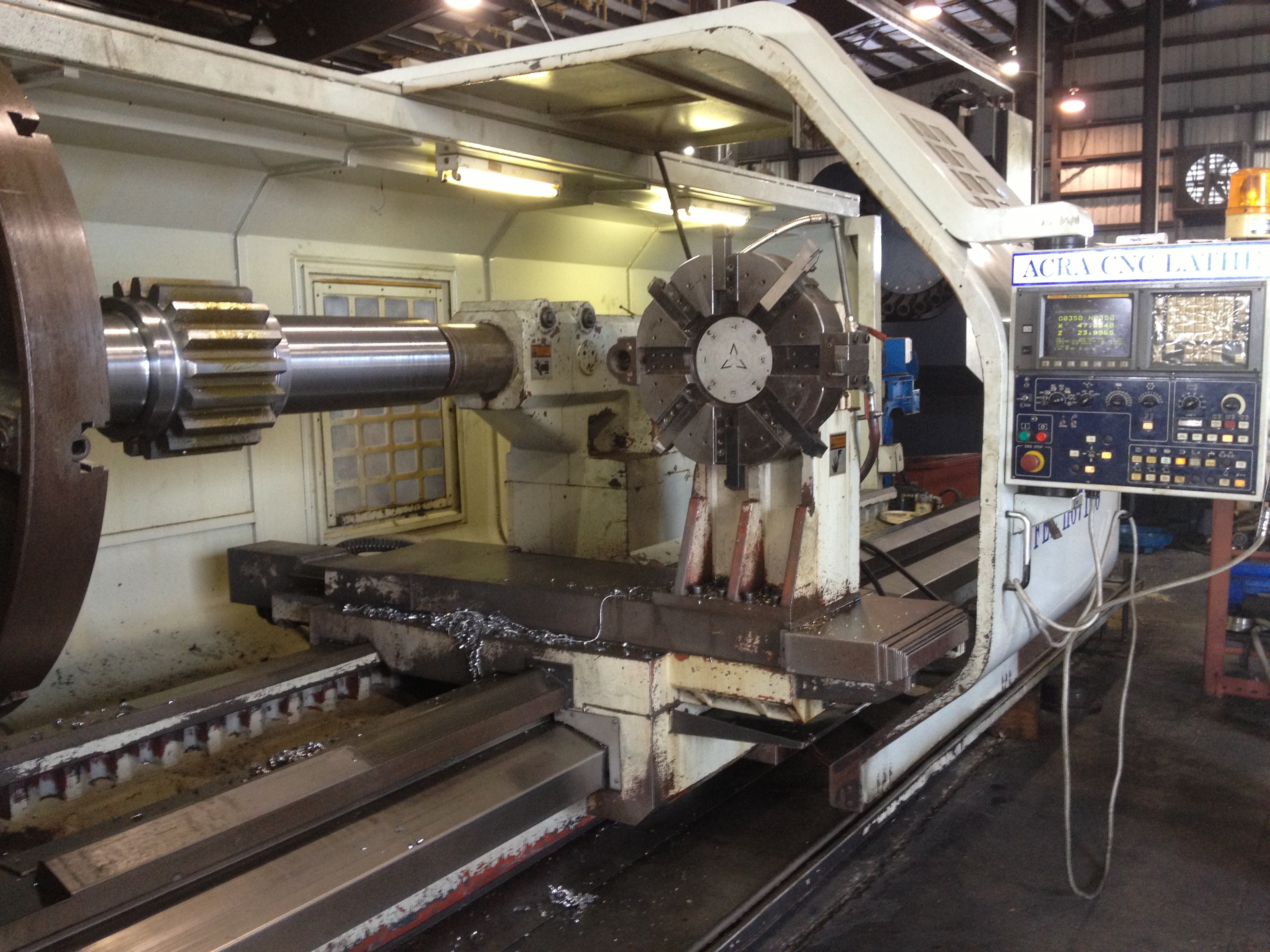Warehouse racks and pallets are the staple of storage across every industry, covering more than three-quarters of the warehouse storage in the country. As straightforward as it seems, there is a lot more to warehouse storage than simply setting up racks and storing goods, at least if you want to achieve some degree of efficiency. A poorly-designed storage system leads to inaccessibility, inefficiency, and even goods lost in storage.
To get the most out of your storage space, and to save a lot of money in the long run, there are two key principles to keep in mind when designing or expanding your warehouse storage: IT infrastructure for tracking, and building around the requirements of your business.
Invest in IT infrastructure
If you can’t keep track of what you have in storage, and where it is so that you can retrieve it in the future, you are setting yourself up for missed deadlines, waste, and extra costs. Solid IT infrastructure is the key to ensuring the efficient operation of your warehouse storage.
As a starting point, high-quality barcodes and scanning equipment alongside pallet racking from providers such as http://www.rackzone.ie/ can enable you to track what comes in and what goes out, and to maintain location data so that you can avoid waste. Further on, wireless and GPS solutions to maintain real time data can help to expand your warehouse storage.
Build around your access needs
More important still is planning your warehouse pallet layout to maximise either your storage space or ease of access, depending on your needs.
Double-depth or even high-density racking can maximise your storage space and can be valuable to a business requiring long-term storage and infrequent access. For businesses relying on rapid order fulfilment and quick turnaround, however, high-density racking would increase the order fulfilment time. A single depth setup would therefore better suit the business, despite being less space efficient.
Other setups can benefit other types of business. For distribution centres with low storage requirements, open spaces and back-to-back truck access can massively increase the efficiency when cargo passes through the warehouse more than it is stored.
Regardless of the business requirements, planning the layout before implementation can massively improve the efficiency of your warehouse, which has a knock-on effect on other aspects of your business.






